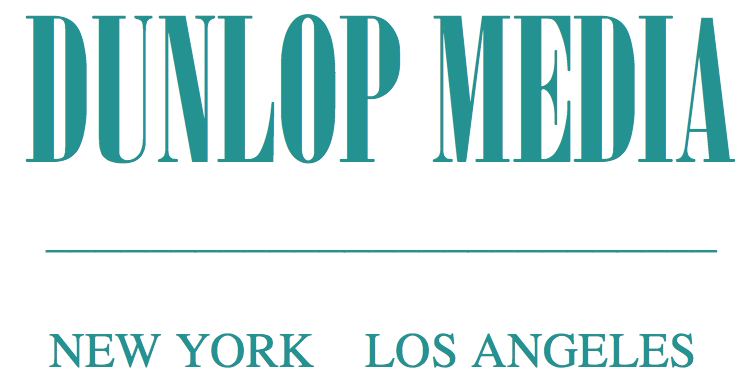Could you ever imagine James Earl Jones intoning, "Trust Twitter?"
Media commentary by Steve Dunlop
Change
is like the weather. Everyone talks about it, nobody’s in charge of
it. Over the last year, “Change” became a hit record (Taylor Swift), a
political slogan (President Obama), and a hit TV series in Japan (about
a teacher who suddenly ascends to the top political job in the country –
sound familiar?).
The
first half of 2009 saw the emergence of Twitter and the demise of
analog television. Everyone talks about change, and about how lives and
enterprises will be impacted by change.
Human
nature, however, does not change – and because media exist to provide a
service to human beings, not to baboons or space aliens, they will
always be yoked to the unchanging characteristics of human nature.
Perhaps it’s time to remind ourselves of some constants that will remain
guideposts to that nature, regardless of which media are swinging the
bat.
Courtesy The Arizona Star. Check out this cartoon in its original context at azstarnet.com.
1. Facts always trump rumors. Journalists
bemoan the decline of traditional news, and newsgathering ethics, in an
age of bloggers who seem more interested in promoting a point of view.
Yet it is precisely because it is so easy to buy a megaphone nowadays
that the indispensable grunt work of journalism – note taking, fact
checking, editing, and developing a reputation for trustworthy
information – has become more necessary than ever.
According to the blog Paper Cuts,
more than 10-thousand US newspaper jobs have been eliminated in 2009
alone. Short term, the former holders of those jobs are in pain. Long
term, that pain will ease, because their core skills will not, indeed
cannot, lose their market.
2. When facts are at issue, people migrate from social media to mainstream media, not the other way around. An
eight year old understands this intuitively. I was using the boys’
room in elementary school when a classmate burst in to inform me that
President Kennedy had been shot. That was social media in 1963. But
it didn’t become real for me until our principal piped in live radio
coverage for the entire school to hear over our PA system. As a
school, we migrated from rumor to fact.
Now,
consider the recent death of Michael Jackson. On Twitter, where the
story started as a rumor, error messages reportedly peaked at up to
5-thousand per minute, as users frantically re-tweeted messages carrying
lots of questions but little reliable information. By contrast, CNN,
although it was not first with the story, logged 20 million page views
in the hour after it broke.
3. Trust is the coin of the media realm.
Virginia O’Hanlon knew that she could trust the New York Sun to give it
to her straight about Santa Claus. The American public knew it could
count on Walter Cronkite to do likewise with world and national events.
If an organization brokering in information loses the trust of its
audience, the game is over.
Trust
can disappear in as little as a day or two; it takes long years to
build. This is more than an academic point. It has financial
implications. CNN, founded in 1980, has figured out how to monetize
page views; Twitter, founded in 2006, has not. And could you ever
imagine James Earl Jones intoning, “Trust Twitter?”
4. Building that trust often involves personal danger. Each year, I have the honor of working on the Deadline Club Awards,
given at the Waldorf Astoria by the New York City Chapter of the
Society of Professional Journalists. This year, even as the editor of
The New York Times helped the Club recognize the best in journalism, a
Times reporter was being held by the Taliban. (He later escaped after
seven months in captivity.)
Two
American journalists, Laura Ling and Euna Lee, were in prison in North
Korea, guilty of doing nothing more than their jobs. (They were
eventually sentenced to twelve years hard labor.) One of the first
honors to be given out on Awards night was the Daniel Pearl Award for
Investigative Reporting. Pearl, you will recall, was the Wall Street
Journal reporter beheaded in Pakistan by Al Qaeda.
What’s
really changing, in other words, is at the margins. Daily newspapers
fold, local radio stations abandon news coverage, reporters apply for
unemployment, and analog signals go dark. Yet people are consuming more
information than at any time in history. Real journalism, in sum, is
used more than ever, is as dangerous as ever, and matters more than
ever.
It may seem, at times, to be valued less than ever – but that’s rumor. Not fact.


